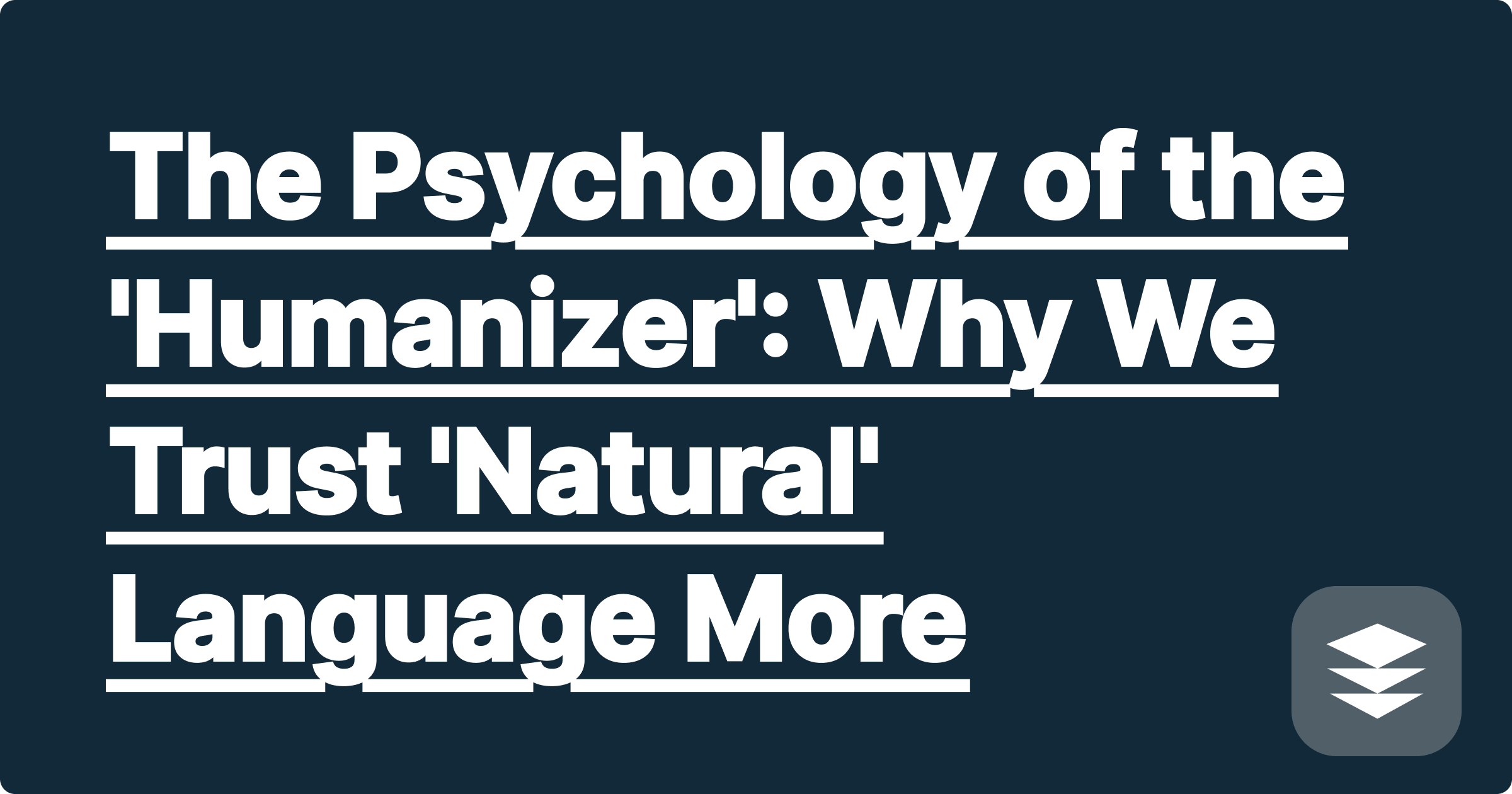
You've likely experienced this yourself. You ask two different AI tools the same question. One gives you a robotic, bullet-pointed list of facts. The other weaves those same facts into a coherent, well-written paragraph. Both are factually correct, but which one do you trust more? Almost universally, it's the second one. But why? This phenomenon isn't just a matter of preference; it's rooted in deep principles of human psychology and cognition. The very existence of a feature like the "Humanizer" in GPAI Solver is based on this science.
Cognitive psychology has a concept called the "fluency heuristic." It's a mental shortcut our brains use: if an idea is processed easily and smoothly (fluently), we tend to believe it's more likely to be true and have more confidence in it.
As humans, we are wired to have a "theory of mind"—we attribute mental states, beliefs, and intentions to others. When we interact with an AI, we can't help but do the same.
Let's look at a practical example. A student using the GPAI Cheatsheet has summarized their notes. They then use the GPAI Solver to solve a problem.
Ultimately, the psychology behind the Humanizer is rooted in good teaching (pedagogy). A great professor doesn't just write formulas on the board. They explain the context, connect the ideas, and tell a story. An advanced note taker or solver should do the same. By turning cold logic into warm, natural language, we're not just making the AI sound better; we're making it a fundamentally more effective teacher.
A: No. The underlying mathematical or logical steps are identical. The Humanizer is a "presentation layer" that simply rephrases the same correct logic into a more readable and trustworthy format, much like a good science communicator would.
A: Yes, this is a real risk. It's why it's crucial to use AI tools that are not only fluent but also grounded in factual accuracy and show their work, like GPAI. The goal of the Humanizer isn't to create a more convincing liar, but to make a correct and logical explanation easier to understand and trust.
As AI becomes more integrated into our lives, the quality of the interaction will be paramount. We will naturally gravitate towards and trust AI that communicates in a way that feels familiar and human. Features like the Humanizer aren't just a gimmick; they represent the future of building effective, trusted, and psychologically resonant AI learning partners.
[Experience the difference of a tool that speaks your language. Try the Humanizer feature in GPAI Solver today. Sign up for 100 free credits.]
What if Newton Had an AI? How 'Principia Mathematica' Could Be Written in a Week
Could You Run a Simulated Mars Colony Using an Engineering AI Solver?
Teach Me Poker': Can Game Theory AI Explain Winning Strategies?
What if Your Entire Degree Was an Open-Book Exam? How to Prepare with AI.
Re-writing History: What if the Titanic Was Designed with FEA and AI?
The Psychology of the 'Humanizer': Why We Trust 'Natural' Language More
A Day in the Life of a GPAI Engineer: The Problems We Solve for You
We Fed Our AI the Toughest 'Unsolvable' Math Problems. Here's What It Did.
The Carbon Footprint of Your Brain vs. AI: An Energy Efficiency Comparison
Bad Handwriting' Hall of Fame: Can Our AI Read Your Professor's Scrawl?